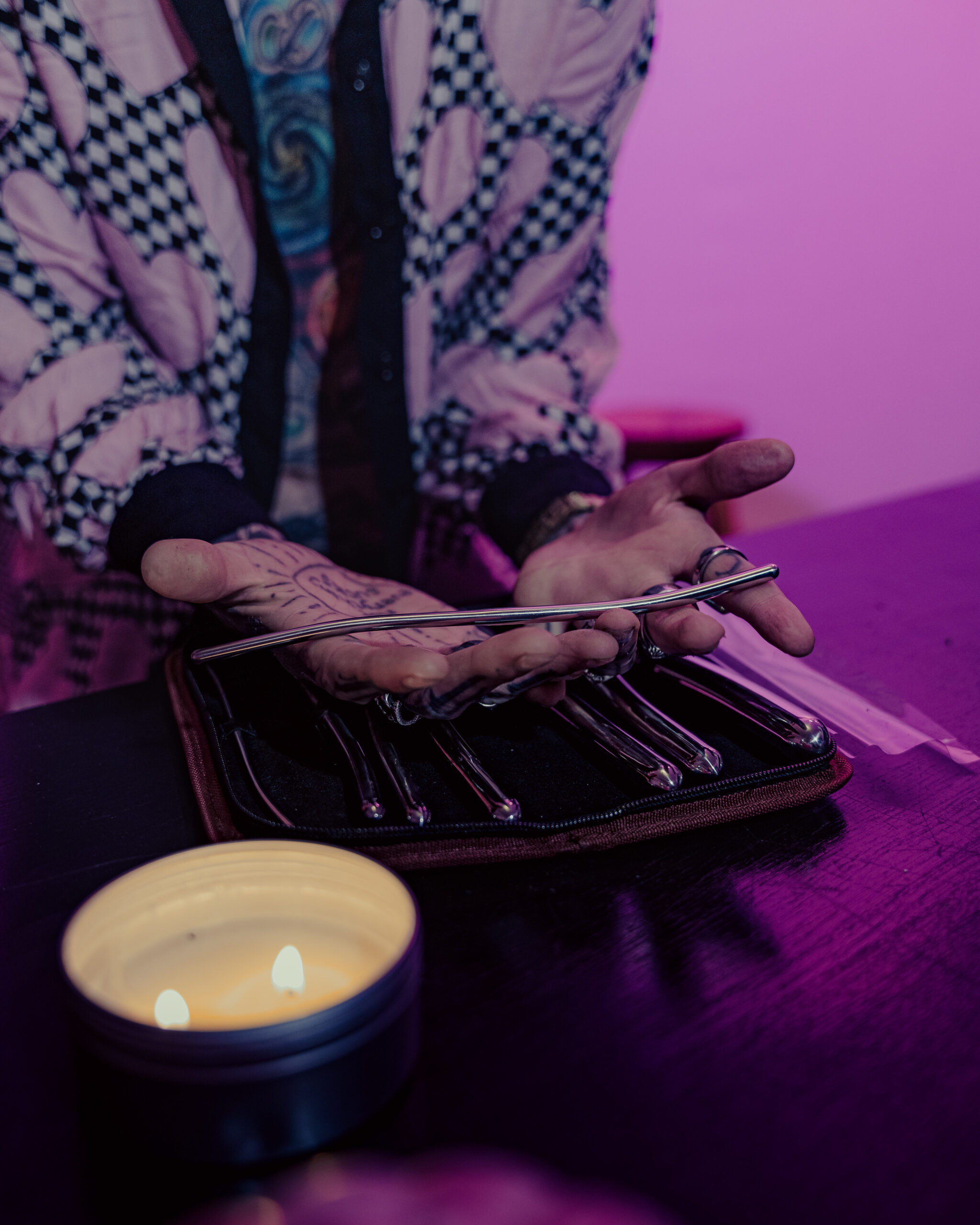Understanding Aromanticism
Aromanticism, an often misunderstood identity, describes individuals who do not experience romantic attraction. This exploration delves into the world of aromantic people, examining their experiences, perspectives, and how they navigate a society that largely centers around romance.
Defining Aromanticism
Aromanticism is a sexual orientation characterized by a lack of, or significantly diminished, capacity to experience romantic attraction. It’s important to distinguish aromanticism from celibacy or choosing not to be in relationships; aromantic individuals may still desire close friendships and intimate connections, but they don’t feel the pull towards romantic love in the same way that others do.
Aromantic Spectrum
Understanding the Aromantic Spectrum is crucial as aromanticism isn’t a monolithic experience. The spectrum encompasses a range of experiences, from people who feel no romantic attraction whatsoever to those who experience it infrequently or in specific circumstances.
Some individuals identify as gray-romantic, experiencing romantic feelings occasionally or in a weaker intensity than others. Others may be demi-romantic, feeling romantic attraction only after forming a strong emotional bond. This diversity highlights the importance of respecting individual experiences within the aromantic community.
Common Misconceptions About Aromanticism
Common misconceptions abound surrounding aromanticism. One frequent error is equating it with simply disliking romance or being against relationships. Aromantic individuals are not opposed to love; they simply don’t experience romantic attraction as a primary drive. Another misconception is that all aromantic people are asexual, meaning they don’t experience sexual attraction. While there can be overlap between the two identities, asexuality and aromanticism are distinct.
Additionally, some people assume that aromantic individuals are somehow “broken” or incomplete because they don’t fit societal norms surrounding romance. This couldn’t be further from the truth. Aromanticism is a valid and natural variation in human experience, just as heterosexuality or homosexuality is.
Ultimately, understanding aromanticism requires recognizing that it is about a fundamental difference in how people experience attraction. It’s about embracing diversity and accepting that love can manifest in many different ways.
Experiences of Aromantics
Aromanticism, an often misunderstood identity, describes individuals who do not experience romantic attraction. This exploration delves into the world of aromantic people, examining their experiences, perspectives, and how they navigate a society that largely centers around romance.
Let me know if you need more help!
Emotional Experiences and Relationships
Aromanticism is a sexual orientation characterized by a lack of, or significantly diminished, capacity to experience romantic attraction. It’s important to distinguish aromanticism from celibacy or choosing not to be in relationships; aromantic individuals may still desire close friendships and intimate connections, but they don’t feel the pull towards romantic love in the same way that others do.
Understanding the Aromantic Spectrum is crucial as aromanticism isn’t a monolithic experience. The spectrum encompasses a range of experiences, from people who feel no romantic attraction whatsoever to those who experience it infrequently or in specific circumstances.
Some individuals identify as gray-romantic, experiencing romantic feelings occasionally or in a weaker intensity than others. Others may be demi-romantic, feeling romantic attraction only after forming a strong emotional bond. This diversity highlights the importance of respecting individual experiences within the aromantic community.
Common misconceptions abound surrounding aromanticism. One frequent error is equating it with simply disliking romance or being against relationships. Aromantic individuals are not opposed to love; they simply don’t experience romantic attraction as a primary drive. Another misconception is that all aromantic people are asexual, meaning they don’t experience sexual attraction. While there can be overlap between the two identities, asexuality and aromanticism are distinct.
Additionally, some people assume that aromantic individuals are somehow “broken” or incomplete because they don’t fit societal norms surrounding romance. This couldn’t be further from the truth. Aromanticism is a valid and natural variation in human experience, just as heterosexuality or homosexuality is.
Ultimately, understanding aromanticism requires recognizing that it is about a fundamental difference in how people experience attraction. It’s about embracing diversity and accepting that love can manifest in many different ways.
Social Expectations and Pressures
Navigating social expectations and pressures can be particularly challenging for aromantic individuals. Society often equates romantic relationships with happiness, fulfillment, and “normalcy.” This can lead to feelings of isolation, pressure to conform, and even internalized shame for those who don’t fit the mold.

Aromantic people may face questions about their relationship status, be pressured into dating despite their lack of desire, or have their identities dismissed as a phase. They might also struggle to find representation or understanding in media and popular culture, where romantic love is frequently portrayed as the ultimate goal.
It’s important for aromantic individuals to remember that their experiences are valid and worthy of respect. Finding supportive communities, whether online or in person, can provide a space to connect with others who understand their feelings and challenges.
Finding Community and Support
Finding community and support is crucial for the well-being of aromantic individuals. Connecting with others who share similar experiences can alleviate feelings of isolation and help create a sense of belonging.
Online platforms have become invaluable resources for aromantic people, offering forums, social media groups, and websites dedicated to providing information, support, and a space to connect with like-minded individuals. These online communities allow aromantics from all over the world to share their stories, ask questions, and find validation in knowing they are not alone.
In addition to online spaces, local meetups and events can provide opportunities for in-person connection. While finding dedicated aromantic groups may be challenging in some areas, connecting with broader LGBTQ+ organizations or attending social gatherings focused on shared interests can also lead to valuable connections.
Navigating Societal Norms
Navigating social expectations and pressures can be particularly challenging for aromantic individuals. Society often equates romantic relationships with happiness, fulfillment, and “normalcy.” This can lead to feelings of isolation, pressure to conform, and even internalized shame for those who don’t fit the mold.
Aromantic people may face questions about their relationship status, be pressured into dating despite their lack of desire, or have their identities dismissed as a phase. They might also struggle to find representation or understanding in media and popular culture, where romantic love is frequently portrayed as the ultimate goal.
It’s important for aromantic individuals to remember that their experiences are valid and worthy of respect. Finding supportive communities, whether online or in person, can provide a space to connect with others who understand their feelings and challenges.
Dating and Romantic Relationships
Navigating societal norms around dating and romantic relationships can be complex for anyone, but it presents unique challenges for aromantic individuals. Society often equates romantic relationships with happiness and fulfillment, leading to pressure on individuals to conform to these expectations even if they don’t personally experience romantic attraction. This can result in feelings of isolation, self-doubt, and a sense that something is wrong with them.
Aromantic people may face questions about their relationship status, be pressured into dating, or have their identities dismissed as a phase. They might also struggle to find representation or understanding in media and popular culture, where romantic love is frequently portrayed as the ultimate goal. Understanding that aromanticism is a valid sexual orientation and not a lack of interest in relationships is crucial for creating a more inclusive society.
Finding supportive communities can be immensely helpful for aromantic individuals. Connecting with others who share similar experiences can alleviate feelings of isolation and provide validation. Online platforms and local meetups offer spaces for aromantic people to connect, share their stories, and build meaningful relationships.
Expressing Aromantic Identity
Navigating societal norms around dating and romantic relationships can be complex for anyone, but it presents unique challenges for aromantic individuals. Society often equates romantic relationships with happiness and fulfillment, leading to pressure on individuals to conform to these expectations even if they don’t personally experience romantic attraction. This can result in feelings of isolation, self-doubt, and a sense that something is wrong with them.

Aromantic people may face questions about their relationship status, be pressured into dating, or have their identities dismissed as a phase. They might also struggle to find representation or understanding in media and popular culture, where romantic love is frequently portrayed as the ultimate goal. Understanding that aromanticism is a valid sexual orientation and not a lack of interest in relationships is crucial for creating a more inclusive society.
Finding supportive communities can be immensely helpful for aromantic individuals. Connecting with others who share similar experiences can alleviate feelings of isolation and provide validation. Online platforms and local meetups offer spaces for aromantic people to connect, share their stories, and build meaningful relationships.
Challenging Heteronormativity
Aromanticism is a valid sexual orientation characterized by a lack of, or significantly diminished, capacity to experience romantic attraction. It’s important to distinguish aromanticism from celibacy or choosing not to be in relationships; aromantic individuals may still desire close friendships and intimate connections, but they don’t feel the pull towards romantic love in the same way that others do.
Understanding the Aromantic Spectrum is crucial as aromanticism isn’t a monolithic experience. The spectrum encompasses a range of experiences, from people who feel no romantic attraction whatsoever to those who experience it infrequently or in specific circumstances. Some individuals identify as gray-romantic, experiencing romantic feelings occasionally or in a weaker intensity than others. Others may be demi-romantic, feeling romantic attraction only after forming a strong emotional bond. This diversity highlights the importance of respecting individual experiences within the aromantic community.
Common misconceptions abound surrounding aromanticism. One frequent error is equating it with simply disliking romance or being against relationships. Aromantic individuals are not opposed to love; they simply don’t experience romantic attraction as a primary drive. Another misconception is that all aromantic people are asexual, meaning they don’t experience sexual attraction. While there can be overlap between the two identities, asexuality and aromanticism are distinct.
Additionally, some people assume that aromantic individuals are somehow “broken” or incomplete because they don’t fit societal norms surrounding romance. This couldn’t be further from the truth. Aromanticism is a valid and natural variation in human experience, just as heterosexuality or homosexuality is.
Ultimately, understanding aromanticism requires recognizing that it is about a fundamental difference in how people experience attraction. It’s about embracing diversity and accepting that love can manifest in many different ways.
Navigating societal norms and pressures can be particularly challenging for aromantic individuals. Society often equates romantic relationships with happiness, fulfillment, and “normalcy.” This can lead to feelings of isolation, pressure to conform, and even internalized shame for those who don’t fit the mold.
- Aromantic people may face questions about their relationship status, be pressured into dating despite their lack of desire, or have their identities dismissed as a phase.
- They might also struggle to find representation or understanding in media and popular culture, where romantic love is frequently portrayed as the ultimate goal.
It’s important for aromantic individuals to remember that their experiences are valid and worthy of respect. Finding supportive communities, whether online or in person, can provide a space to connect with others who understand their feelings and challenges.
Finding community and support is crucial for the well-being of aromantic individuals. Connecting with others who share similar experiences can alleviate feelings of isolation and help create a sense of belonging.
Online platforms have become invaluable resources for aromantic people, offering forums, social media groups, and websites dedicated to providing information, support, and a space to connect with like-minded individuals. These online communities allow aromantics from all over the world to share their stories, ask questions, and find validation in knowing they are not alone.
In addition to online spaces, local meetups and events can provide opportunities for in-person connection. While finding dedicated aromantic groups may be challenging in some areas, connecting with broader LGBTQ+ organizations or attending social gatherings focused on shared interests can also lead to valuable connections.
Embracing Aromantic Identity
Aromanticism is an often misunderstood identity that describes individuals who do not experience romantic attraction. This exploration delves into the world of aromantic people, examining their experiences, perspectives, and how they navigate a society that largely centers around romance.
Self-Acceptance and Validation
Aromanticism is about recognizing the vast spectrum of human experiences when it comes to attraction. It’s about understanding that not everyone is wired for romantic love in the way that societal norms often portray. Embracing your aromantic identity is about self-acceptance and validation. It means acknowledging that your feelings are valid, even if they don’t conform to traditional expectations.
The journey of self-discovery can be challenging, especially when navigating a world that often equates romantic relationships with happiness and fulfillment. But remember, your worth isn’t defined by your capacity for romantic attraction. You are whole and complete just as you are. Building supportive communities, both online and offline, can be instrumental in this process. Connecting with others who share your experiences can provide a sense of belonging, understanding, and validation that is crucial for well-being.
Finding Fulfillment Outside of Romance
Aromanticism is a valid sexual orientation characterized by a lack of, or significantly diminished, capacity to experience romantic attraction. It’s important to distinguish aromanticism from celibacy or choosing not to be in relationships; aromantic individuals may still desire close friendships and intimate connections, but they don’t feel the pull towards romantic love in the same way that others do.
Understanding the Aromantic Spectrum is crucial as aromanticism isn’t a monolithic experience. The spectrum encompasses a range of experiences, from people who feel no romantic attraction whatsoever to those who experience it infrequently or in specific circumstances. Some individuals identify as gray-romantic, experiencing romantic feelings occasionally or in a weaker intensity than others. Others may be demi-romantic, feeling romantic attraction only after forming a strong emotional bond. This diversity highlights the importance of respecting individual experiences within the aromantic community.
Common misconceptions abound surrounding aromanticism. One frequent error is equating it with simply disliking romance or being against relationships. Aromantic individuals are not opposed to love; they simply don’t experience romantic attraction as a primary drive. Another misconception is that all aromantic people are asexual, meaning they don’t experience sexual attraction. While The Sugar Studio there can be overlap between the two identities, asexuality and aromanticism are distinct.
Additionally, some people assume that aromantic individuals are somehow “broken” or incomplete because they don’t fit societal norms surrounding romance. This couldn’t be further from the truth. Aromanticism is a valid and natural variation in human experience, just as heterosexuality or homosexuality is. Ultimately, understanding aromanticism requires recognizing that it is about a fundamental difference in how people experience attraction. It’s about embracing diversity and accepting that love can manifest in many different ways.
Aromantic individuals often find fulfillment outside of romantic relationships. They may cultivate strong friendships, pursue hobbies, engage in creative endeavors, or dedicate themselves to their careers. Aromantic people are individuals with diverse interests and passions, just like anyone else.
Society’s emphasis on romance as the ultimate goal can create pressure for aromantic individuals to conform, leading to feelings of isolation and self-doubt. It is crucial to challenge these societal norms and create a more inclusive environment where all orientations and experiences are valued and respected.
Aromanticism isn’t about denying or rejecting love; it’s about loving in ways that feel authentic and genuine. Finding community, understanding, and acceptance are essential for the well-being of aromantic individuals. As we continue to learn and grow, embracing a wider spectrum of human experience will lead to a more compassionate and inclusive society.
Celebrating Aromantic Diversity
pleasure domme
The CBD Consultancy
- Why Are My Lips Dry After Lip Filler - November 1, 2025
- What Is Temple Filler - October 29, 2025
- Weed Seltzers With The Best Packaging - October 26, 2025
